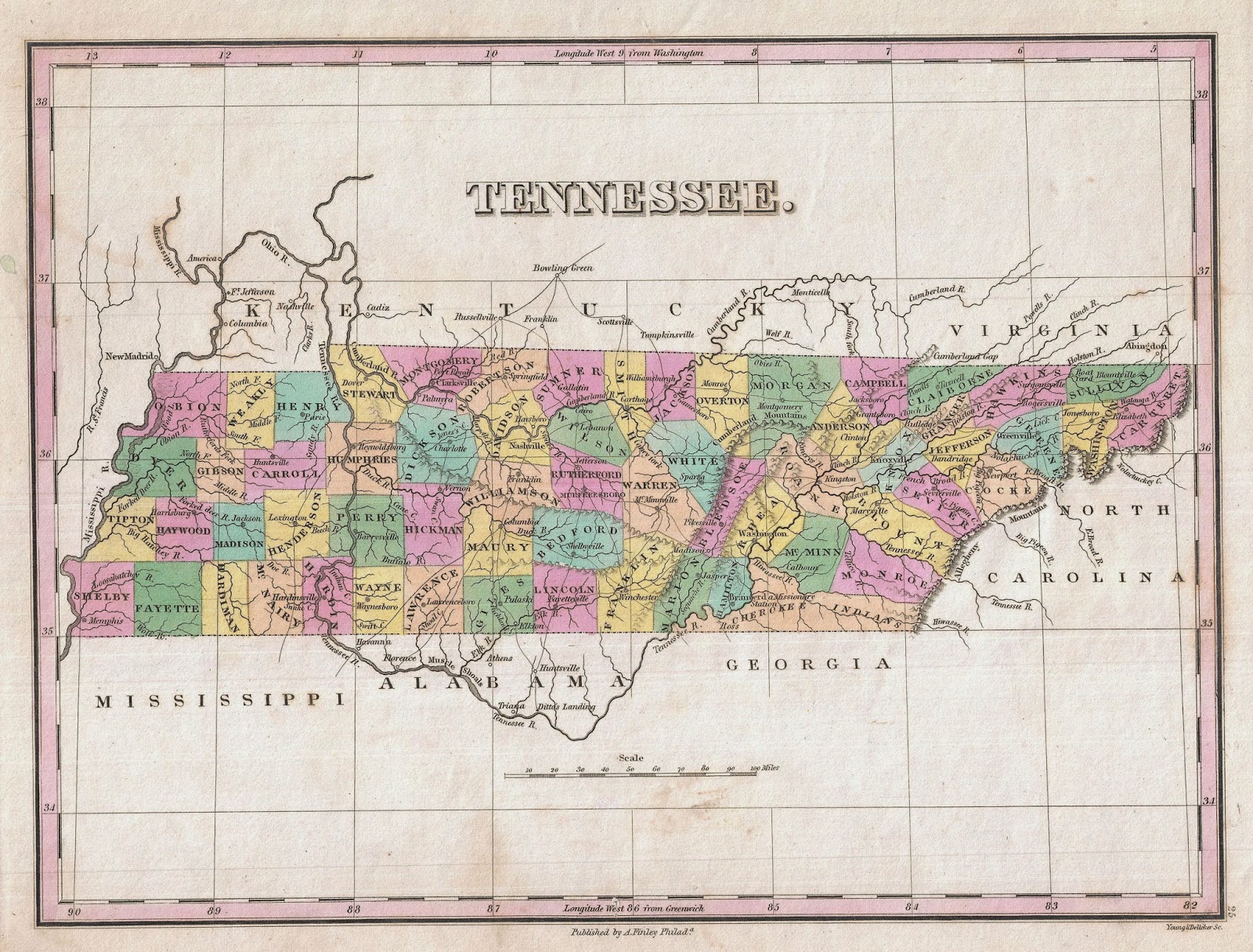Bill of Rights Poster Project
The United States Constitution has endured for over two
hundred years as the supreme law of our land. It is a living document that is
central to American life. The language of the Constitution is not overly
restrictive, thus its words have transcended time. The Bill of Rights endured
the passage of the Constitution. Ratified in 1791, the Bill of Rights contains
ten amendments that work to protect Americans’ personal liberties that many
feared would be weakened under the new Constitution. Today, these amendments
continue to protect Americans’ personal liberties. They are part of the living
Constitution that is constantly interpreted in an effort to maintain framers’
principles in an ever-changing society.
The Bill of Rights
1st Amendment- Freedom of Expression
2nd Amendment- Right to Bear Arms
3rd Amendment- Quartering of Troops
4th Amendment- Unreasonable Search and Seizures
5th Amendment- Due Process of Law
6th Amendment- Right to a Fair Trial
7th Amendment- Trial by Jury
8th Amendment- Cruel and Unusual Punishment
9th Amendment – Unenumerated Rights
10th Amendment- States’ Rights
PROJECT DESCRIPTION: You will create a poster describing one
of the first ten amendments to the Constitution to inform your classmates about
its meaning and importance in early America and today. Your poster should be no
larger than a single sheet of poster board (2ftx3ft), but may be no smaller
than ½ of a sheet of poster board (1ft x 1½ ft).
YOUR POSTER MUST INCLUDE THE FOLLOWING INFORMATION:
1.The name of the amendment in big, bold letters
2. The text of the amendment
3. Questions
a. Explain the contents of the amendment in your own words
b.Explain any controversies surrounding this amendment. Be sure to present both sides of the argument.
c. description of one
Supreme Court case involving the amendment
d. A description of the
history and meaning of the amendment
e. How does this amendment affect us today?
4. An original picture (drawing, photograph,
collage) showing the amendment in action
5.

.jpg)






